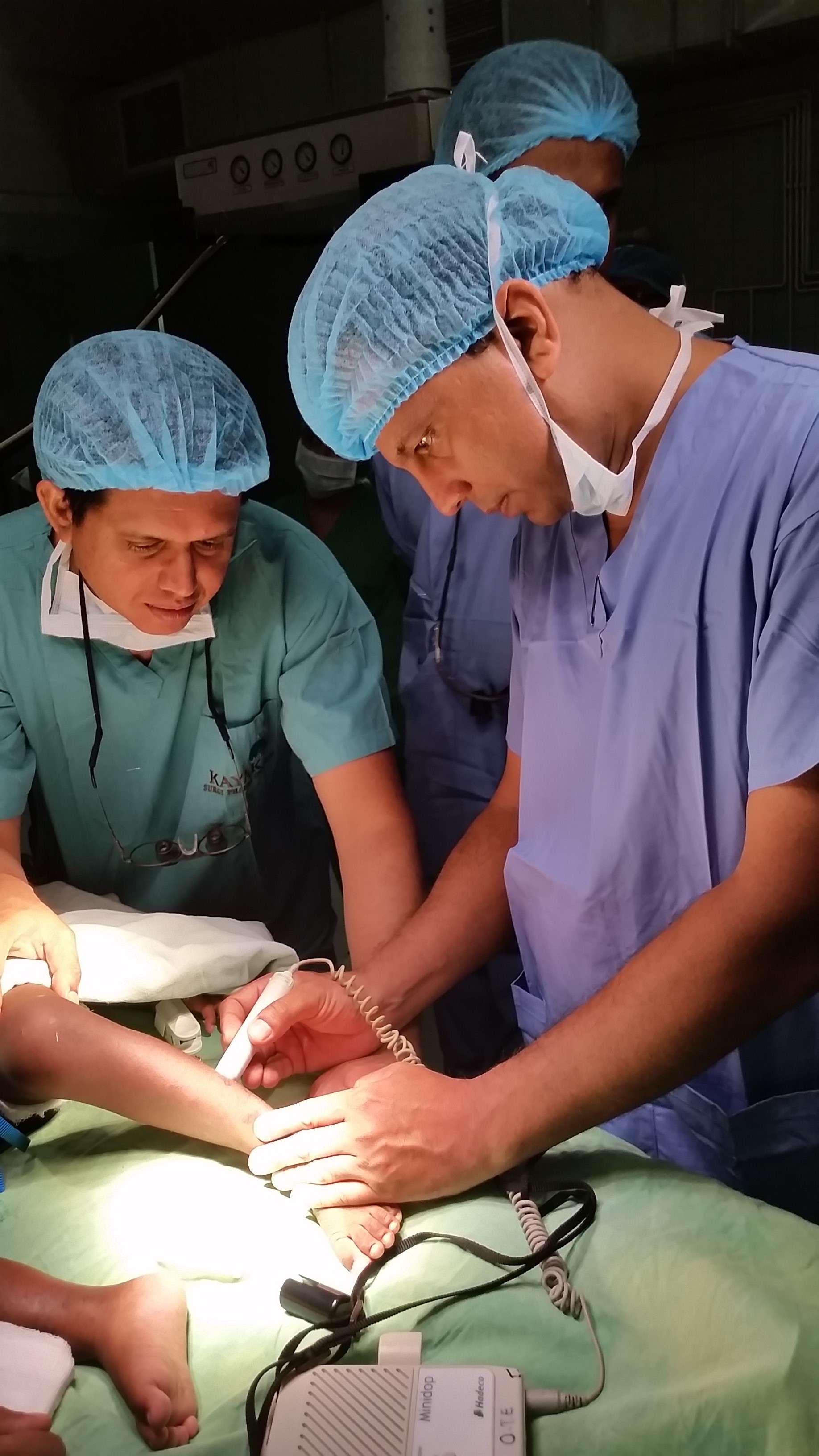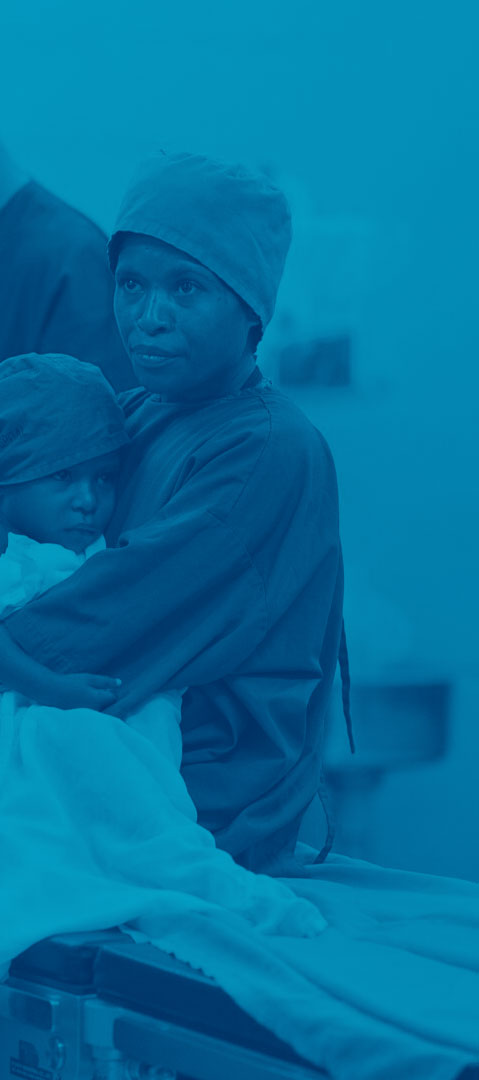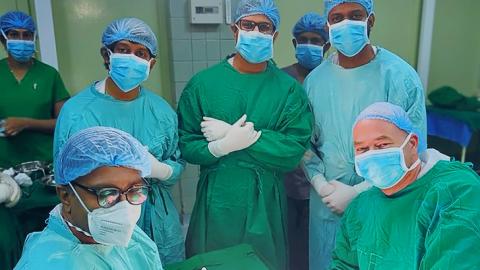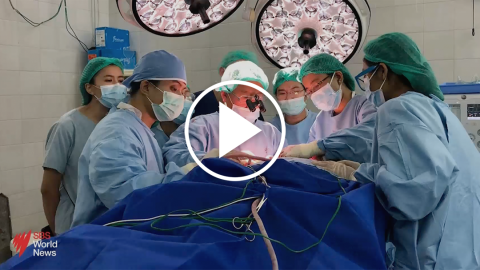
Years of Interplast investment has helped to train a growing number of local plastic surgeons.
For Dr Chris Coombs, travelling to Sri Lanka earlier this year on his first Interplast volunteer program had a particularly personal connection.
In 2003, when Sri Lanka’s plastic surgery program was in its infancy, Dr Coombs helped to train Dr Thushan Beneragama, who was on a year’s placement at the Royal Children’s Hospital in Melbourne.
Dr Beneragama has been asking Dr Coombs to visit to Sri Lanka ever since. This year the opportunity finally arose, but Dr Coombs was not expecting the impact to be quite so profound.
“Being the head of a department in a major teaching hospital, I train lots of people,” he said. “And to actually see them down the track, and see how much they’ve achieved, and what a leader they’ve become within their own country was just fabulous.
“I didn’t really realise the impact that I had on Thushan, and to see that and hear that was incredibly humbling.”
Dr Bruce Johnstone, who joined Dr Coombs on the Interplast team, said that the skills of Sri Lankan plastic surgeons such as Dr Beneragama and the impact they are having was a direct result of the support and investment from Interplast over the past 15 years.
“They’ve got a good training program and the number of plastic surgeons is increasing exponentially from what was originally one or two per 20 million to now 13 per 20 million – and a lot of very impressive people in training. In another few years’ time they’ll have 20 and then 30, so they’ll be able to [fully] service their own population.
“Australia has played a huge role in building up their capacity, and it’s mainly been under the auspices of Interplast,” he said.
With such skilled surgeons already working in Sri Lanka, the emphasis of this latest trip was on working alongside the local surgeons to further develop their skills, rather than performing as many operations as possible.
Dr Johnstone said it was “a dream trip for an Interplast volunteer”.
“They are our peers, they are our equals; we’ve got a few things to show them, they’ve got a few things they can teach us. We were sharing ideas and concepts and taking each other to a higher level,” he said.
This involved the Sri Lankan surgeons choosing a smaller number of more complex cases for the visiting surgeons to perform and that they could learn from.




